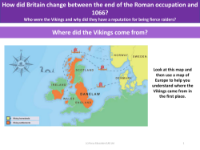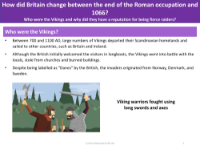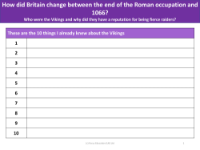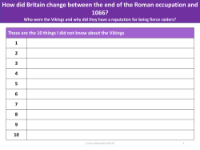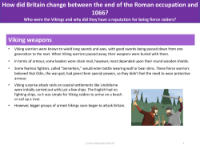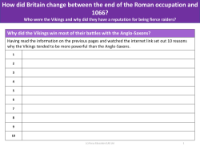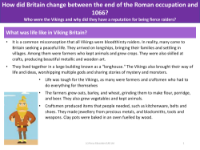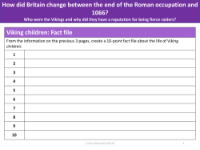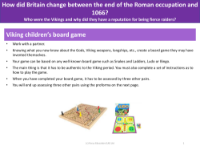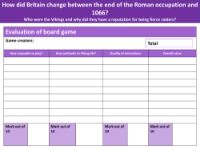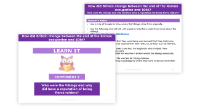The lives of Viking children - Info pack
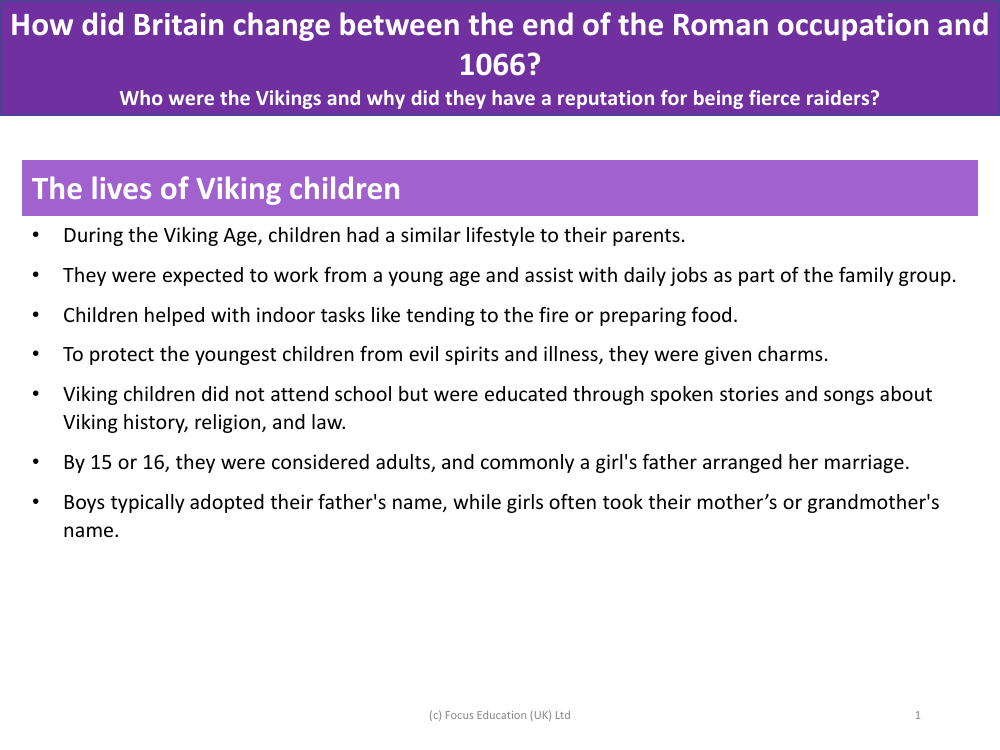
History Resource Description
The Viking Age presented a distinct way of life for children, closely mirroring the lifestyle of their parents. From a tender age, Viking children were integrated into the daily workings of their family, contributing to chores and learning to manage the household. Their tasks ranged from indoor duties such as maintaining the fire and preparing meals, to receiving amulets for protection against malevolent spirits and sickness. Formal education was absent in the Viking era; instead, children absorbed knowledge through oral traditions, with tales and songs imparting lessons on history, religion, and law. As they approached their mid-teens, Viking children transitioned into adulthood, with girls typically entering arranged marriages and children adopting family names—a boy from his father, and a girl from her mother or grandmother.
Despite the emphasis on work and responsibility, Viking children did experience moments of leisure and play. By the age of ten, they were regarded as young adults, learning skills to emulate their parents, with girls focusing on domestic tasks and boys on agriculture and combat. Archaeological discoveries have unveiled toys such as wooden dolls, ships, and animals, suggesting that playtime was woven into their upbringing. These toys often doubled as training tools, preparing the children for adult roles. Spinning tops, for instance, honed their dexterity for textile work, while model boats nurtured aspirations for exploration. Play extended beyond mere entertainment, encompassing sports, music, and even weapons training, indicating a culture where recreation and skill development were intertwined.


